How to paint Easter eggs with onion, coffee and beets (PHOTOS)
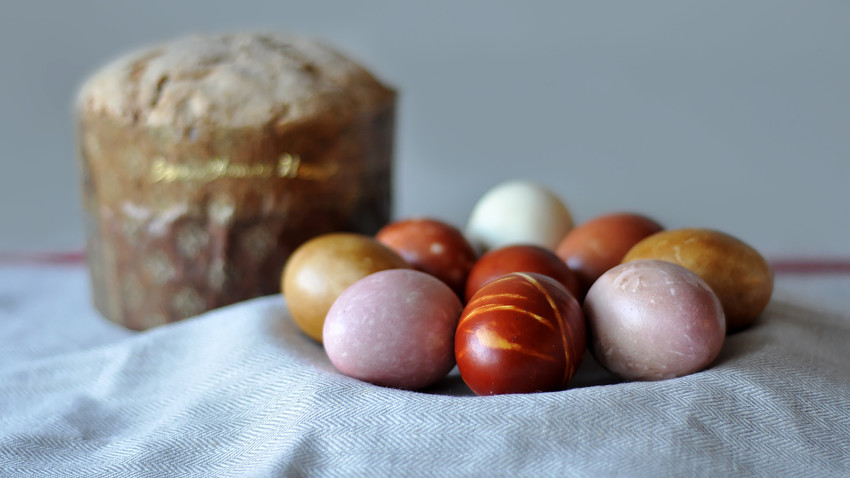
Where does egg painting come from?
In Christianity, the Easter egg symbolizes the Holy Sepulcher, which gives eternal life. In ancient Palestine, people were buried in caves and the entrances were covered with boulders. According to one theory, the boulder used to cover Jesus Christ’s tomb had the form of an egg. Therefore, the Easter egg is a reminder of Jesus’ resurrection, just like behind an ordinary eggshell new life is waiting to break out. The dark red color with which eggs are often painted alludes to Christ’s passion and blood.
We know of the story in which Mary Magdalen gave Emperor Tiberius an egg and told him of Christ’s resurrection. At first, Tiberius did not believe her. Then suddenly the egg assumed a red
However, there are more practical explanations to the tradition of painting eggs. During Lent, eggs (and other animal products) are not to be eaten. Therefore, in order not to waste the eggs, people boiled them, and to distinguish the boiled ones from the uncooked ones the former were colored.
How were eggs painted in Ancient Rus?
In Ancient Rus eggs painted with a single color were called
Eggs with a wax ornament were called
Today, eggs can be colored with food dyes or special stickers. But we will try to do this with ordinary products: onion, coffee
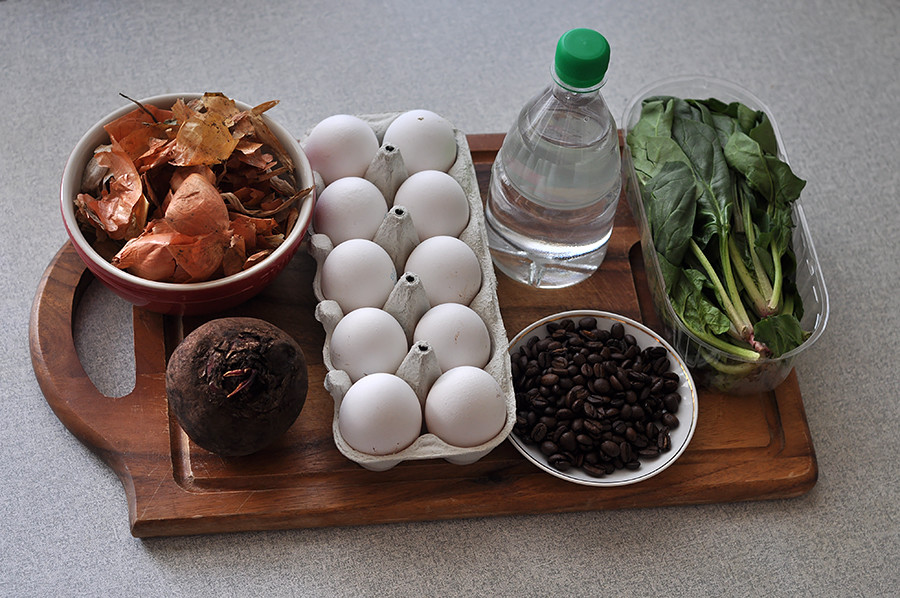
For
Onion peel – reddish brown color
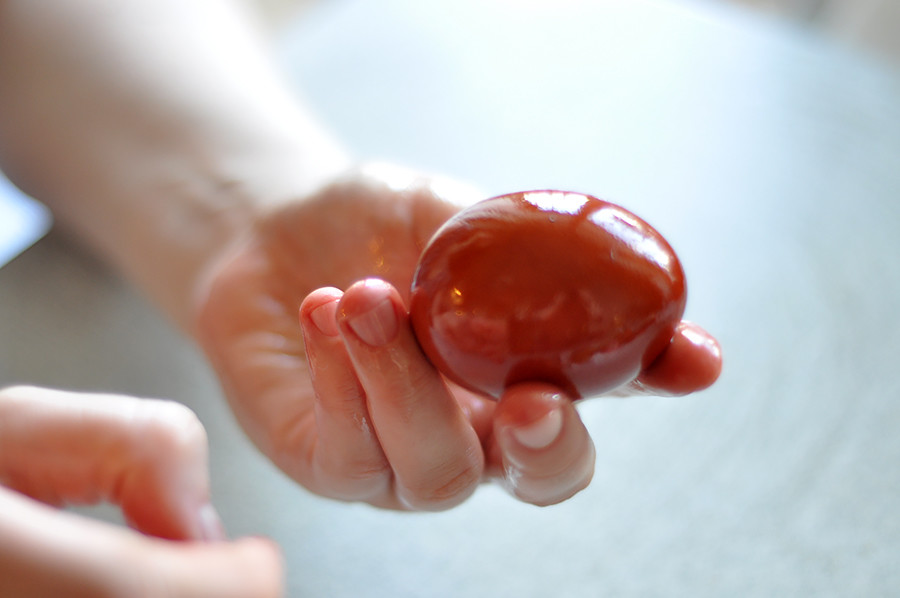
Use a bulb onion peel to color the eggs with the traditional reddish-brown color. Place peel from 10 onions (2 cups) in a pot, fill with water and simmer for 15 to 30 minutes after the water boils; (the more it simmers the darker the color). When the solution cools, put in the uncooked eggs and boil for about 10 minutes. The color intensity will depend on the time that the eggs remain in the solution. If you use red onion peel, the eggs will obtain a violet hue. You can also color dark eggs with onion peel, and they also come out looking nice.
Beet – light violet color
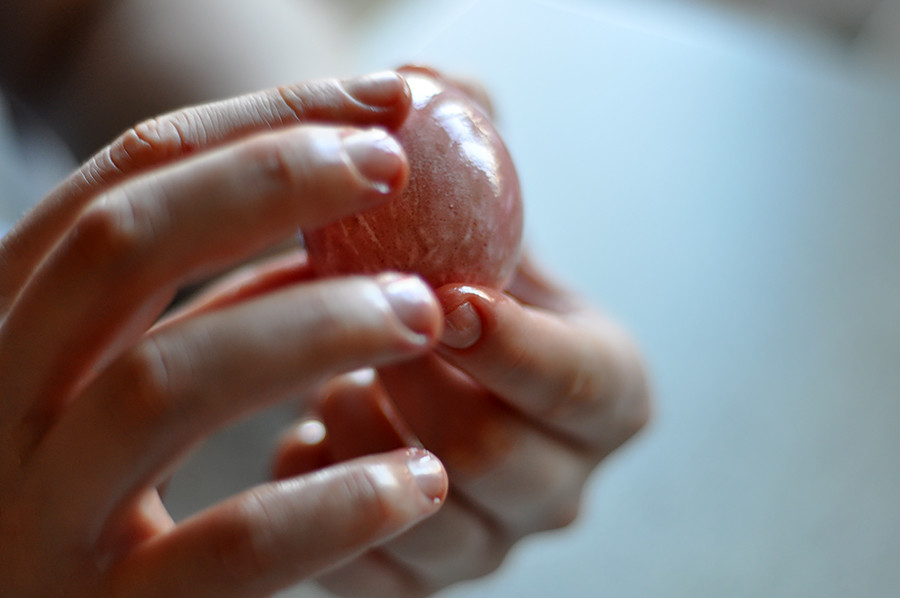
Coffee – light brown color
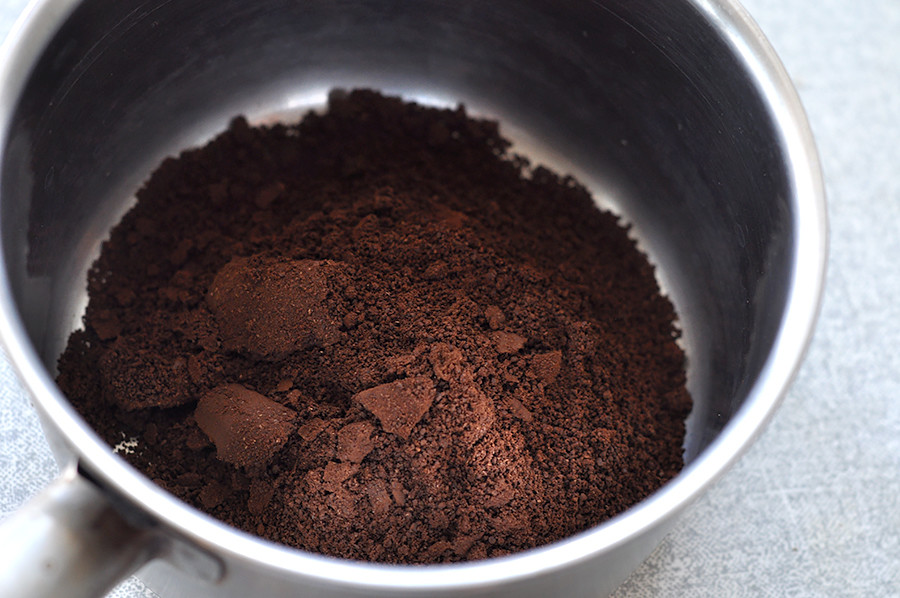
Spinach – light green color
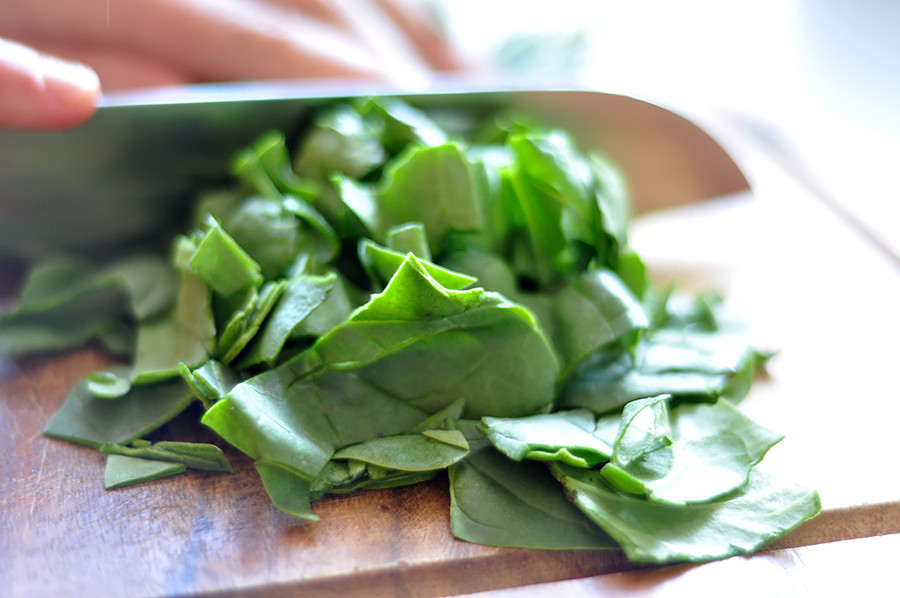
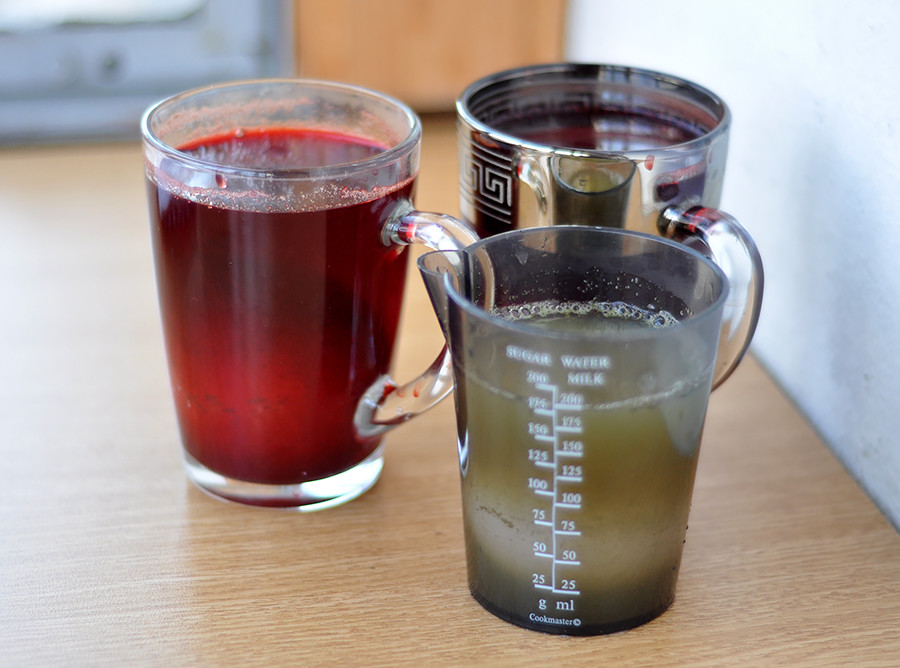
Which other colors can be obtained from natural products to paint eggs?
Yellow – turmeric, saffron.
Orange – paprika.
Celestial blue – red cabbage.
Dark blue – wine.
How to draw on an egg:
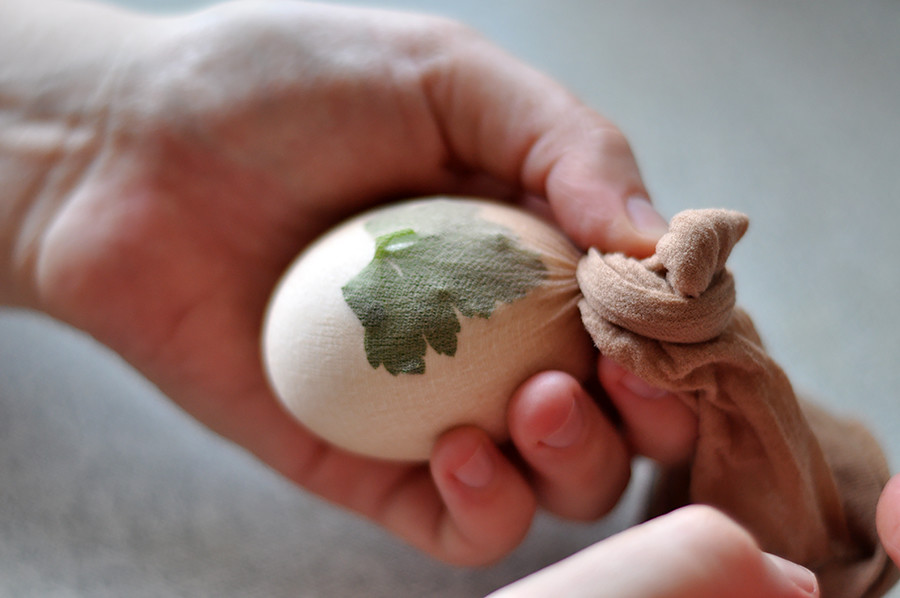
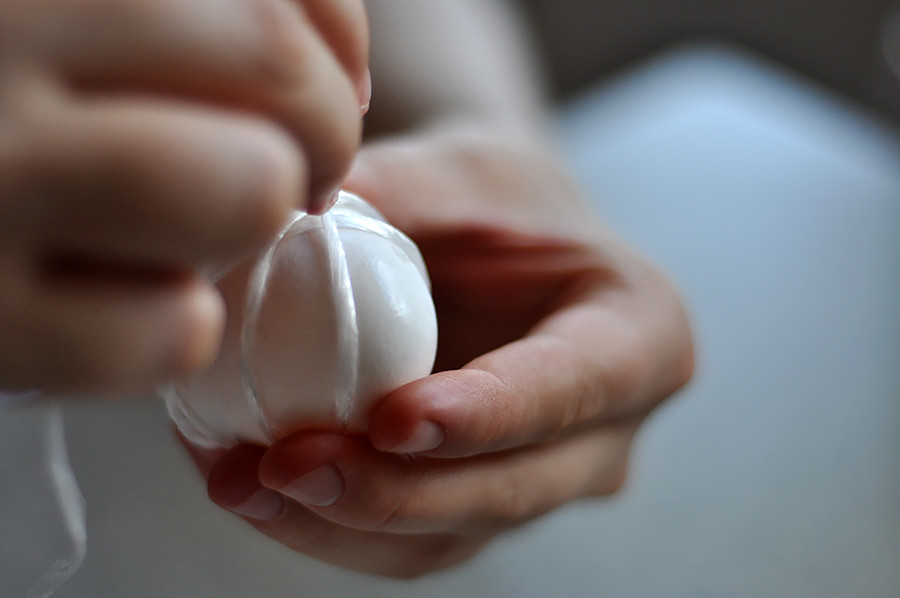
To make a pattern with stripes, before cooking the eggs wrap them in a string or an elastic band.
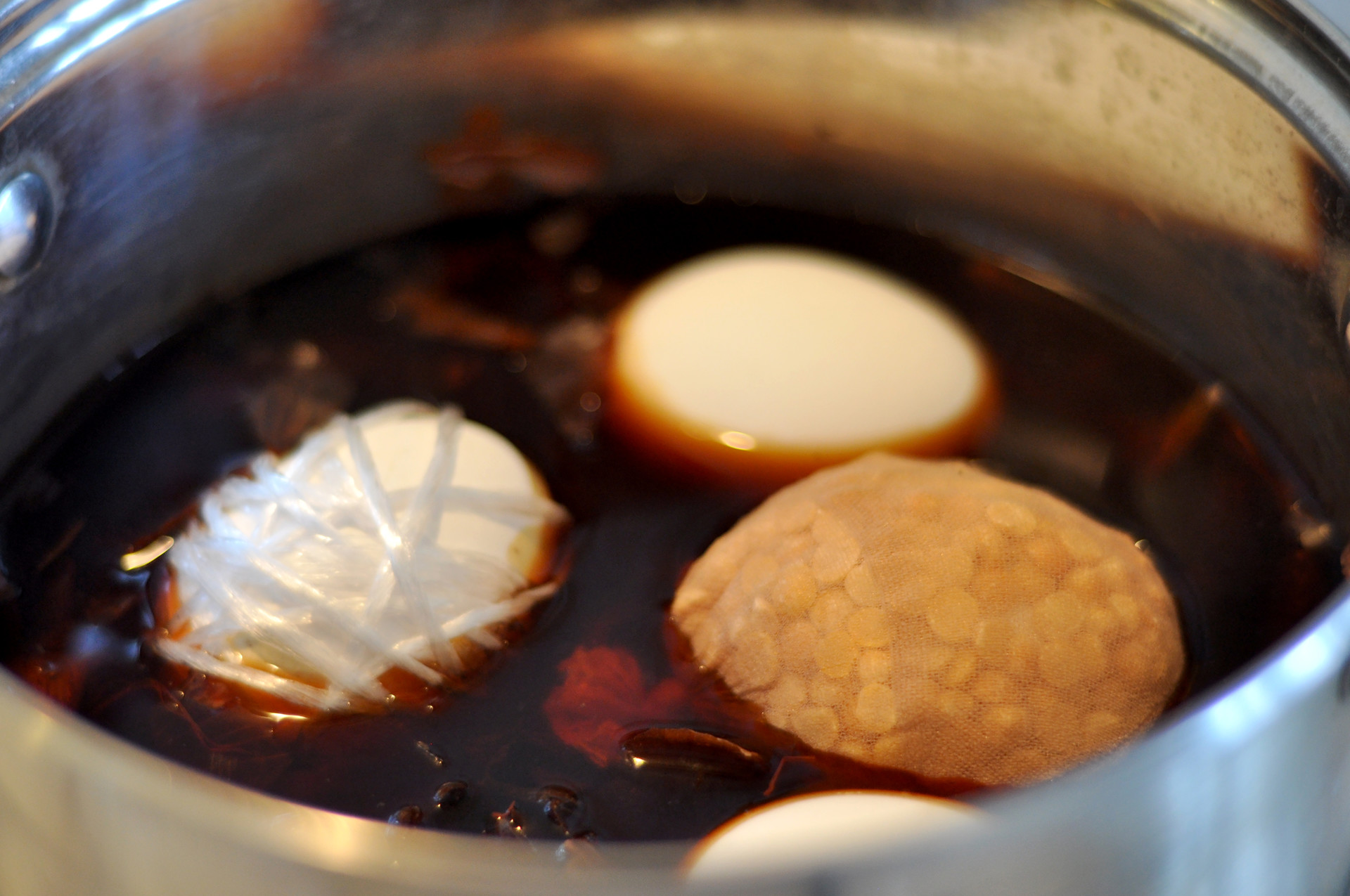
A dotted pattern can be obtained if you cook the egg in the sock or cheesecloth with rice or peas.
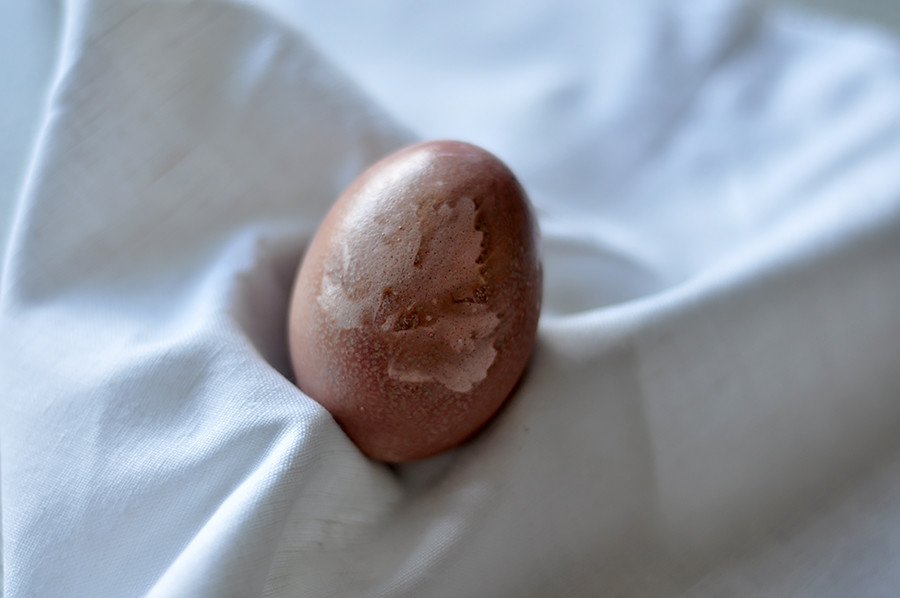
In order to give the colored eggs that characteristic shine, polish them with vegetable oil.
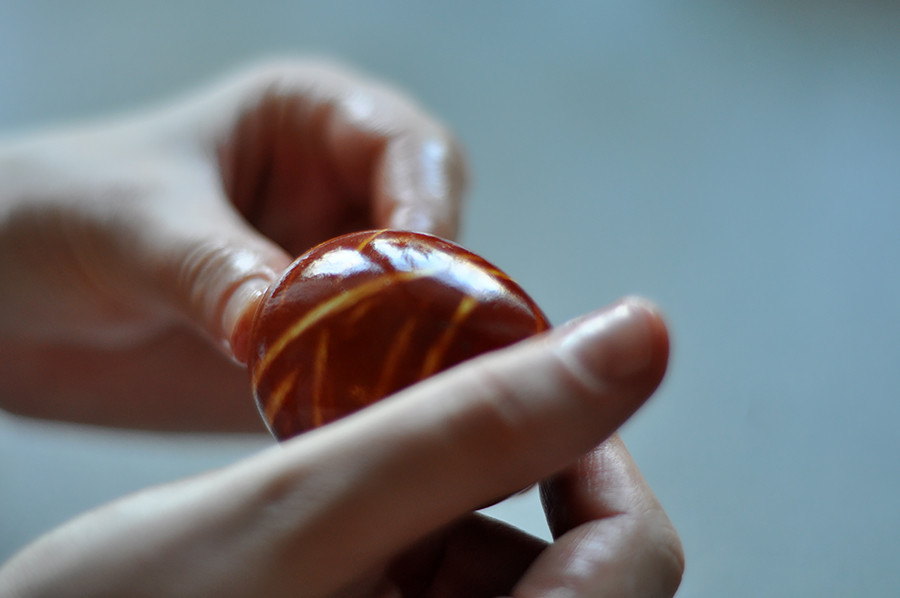
If using any of Russia Beyond's content, partly or in full, always provide an active hyperlink to the original material.
Subscribe
to our newsletter!
Get the week's best stories straight to your inbox